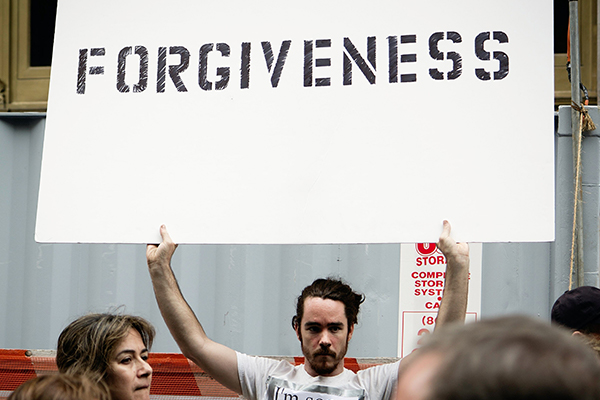By - April 23, 2020
Categories: Accounting, Bookkeeping, Cares Act, Crisis Management, General, Lending
I know there are several small businesses out there that are receiving money from the PPP loan and there are even more that are in line to receive money in the second round. If you’ve applied for this loan or are considering it, remember, the purpose of this loan is to save jobs! I also want to make sure that if you receive the money for the loan that you track the money correctly so that you can have the funds forgiven.
For those of you that have received the loan and are ready to to start spending the money, let’s dive into your next steps for maximum forgiveness.
Disbursement compliance is essential. Don’t go crazy spending this money. Do it right.
The wolves will be howling to ensure that there isn’t any fraud within this slapped-together program. Which means that you need to have your ducks in a row about HOW you spend this money.
 If you receive a PPP loan, make sure that you can allocate 75% of that for payroll expenses.
If you receive a PPP loan, make sure that you can allocate 75% of that for payroll expenses.
Here are a few things you need to know ASAP for these funds to be forgivable:
1) The funds MUST be spent in the 8 weeks following the disbursement date for forgiveness.
2) They cannot be spent on anything BESIDES:
Payroll (capped at $100,000 on an annualized basis for each employee)
Group healthcare premiums (employer portion only)
Rent/Mortgage Interest (for the business only)
Utilities
3) You cannot juice these numbers by giving yourself or your employees a “bonus”. YES, you can bonus your people, but the numbers that COUNT for PPP forgiveness are the annualized figures, not *just* what is spent within these next 8 weeks. This is why they asked for payroll numbers from before the loan. The way forgiveness on this will be calculated is by comparing pre loan payroll numbers to post loan payroll numbers.
4) You must keep 75%+ of your payroll figure intact (remember, this is called the “Payroll Protection Plan” for a reason).
By the way, on rehiring: you have until June 30, 2020 to restore your full-time employment and salary levels for any changes made between February 15, 2020 and April 26, 2020.
Excellent bookkeeping is obviously important here. This is NOT the time to cut corners on that front.
Now that we’ve got that out of the way, I want to give you some tips and tricks on how to keep track of the information. Here are some things you can do to help keep everything on track for forgiveness.
 In your accounting software, set up a separate income account for the PPP loan. Also, create special expenses accounts that are for the PPP loan. Attach all of the receipts and bills to these transactions as proof of where the money went. This is probably the easiest way to track where the money is coming from and where it’s going.
In your accounting software, set up a separate income account for the PPP loan. Also, create special expenses accounts that are for the PPP loan. Attach all of the receipts and bills to these transactions as proof of where the money went. This is probably the easiest way to track where the money is coming from and where it’s going.
Keep track of every penny for those 8 weeks. Once the 8 weeks are up, you’ll need to contact your lender and request information about forgiveness. This is when the lender will ask for proof of how the funds were spent. No problem here, you’re such a smart cookie and you’ve been tracking it like that champ that you are.
Now, if there is money left over after the 8 week period that won’t be forgivable, it’s still extremely important to track how the last of that money is spent. Mainly because if you are found knowingly using the funds incorrectly, you can be held liable for that. I don’t want you to be the one in the news for misusing the funds, that’s why I’m giving you this information.
Now if this all seems overwhelming, we understand and are here to help you with any questions that you may have. Our team has been working tirelessly to stay up to date on this information. Please contact us with any questions or concerns about how to use this money.

